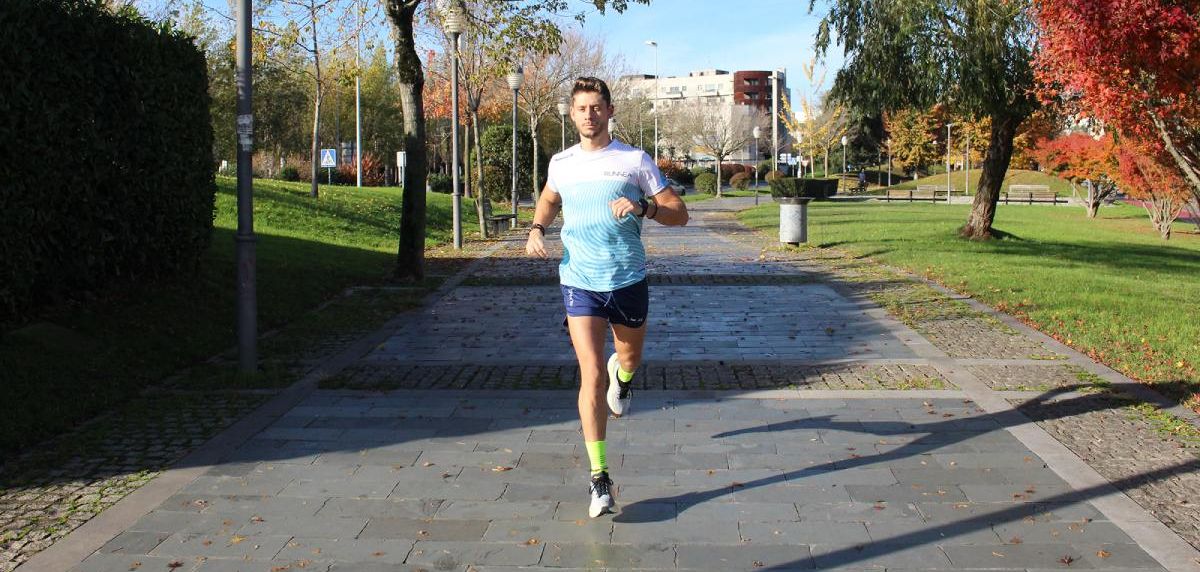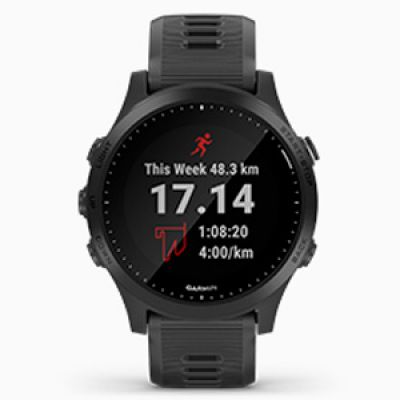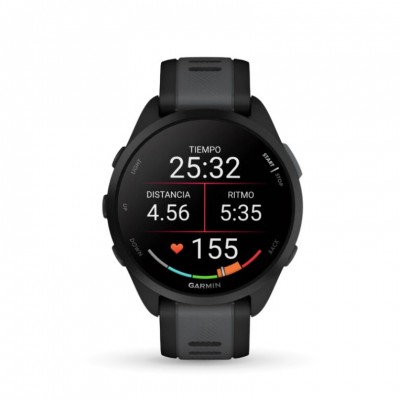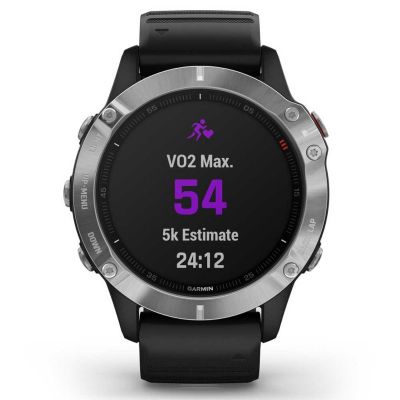An emerging methodology in the training of professional running athletes is changing the way in which physical preparation is understood: From always training at maximum intensity, priority is being given to running at slower paces . This approach is based on the premise that running slower can, paradoxically, help you run faster in competition. But the key is balance. In the combination of training at low or medium intensities with other sessions with more demanding workloads. At RUNNEA we are going to explain to you, based on the research of two of the people who have most researched this methodology, Stephen Seiler and Matt Fitzgerald, how you can implement it in your training sessions.
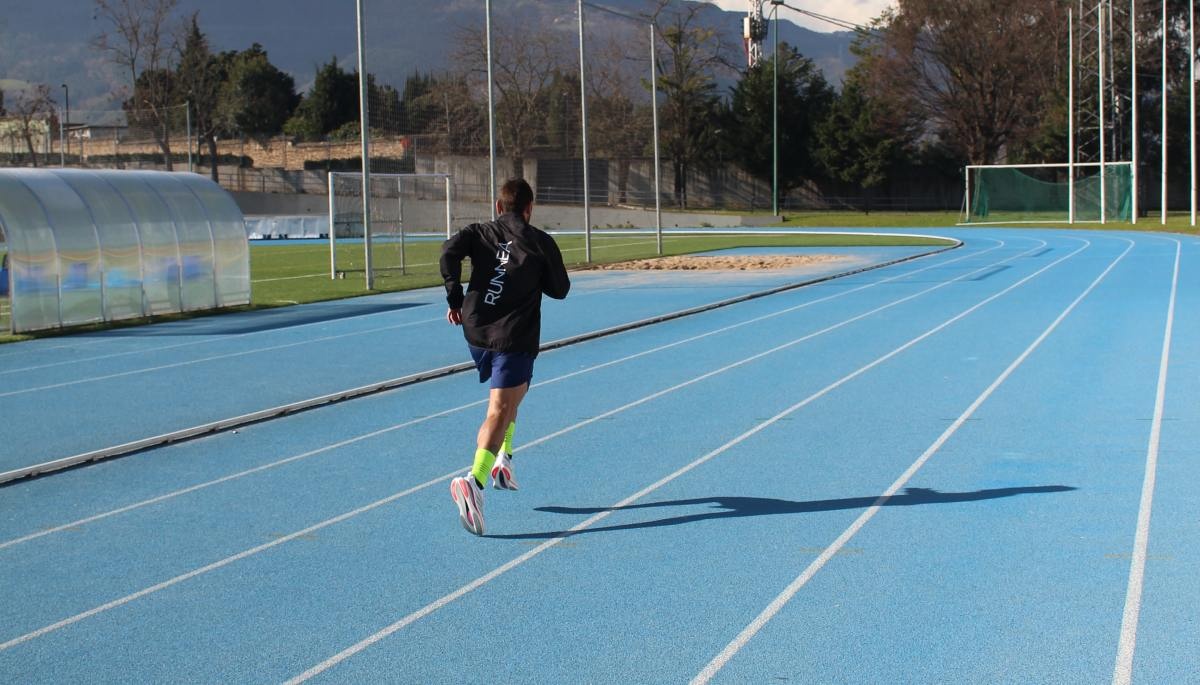
Principles of Slow Pace Methodology
Research in exercise physiology conducted in recent years shows that running at a slow but steady pace improves cardiovascular and muscular efficiency, increasing the body's ability to transport and use oxygen during prolonged exercise.
Slow running helps strengthen muscles, tendons and ligaments, reducing the risk of some of the most common injuries in runners. This strengthening is key to improving endurance and the ability to run long distances.
In addition, running at a slower pace but for longer periods of time can improve running economy, which means you will use less energy to maintain a specific pace. This is crucial for runners looking to improve their performance, for example in long-distance events such as marathons or ultra-distance races.
Not sure which running shoe to choose?
In a few simple steps we help you to choose the ideal running shoe for you
Go to the Shoe FinderThe 80/20 rule in your workouts
The 80/20 rule, backed by studies by Stephen Seiler and other experts in sports physiology, proposes a balance between 80% low-intensity training and 20% high-intensity training. This balance has been proven effective for improving endurance and speed without overtraining.
Seiler studied for years the training of elite athletes in endurance sports such as cross-country skiing and found that they spent most of their time training at low intensity. This included activities such as walking rather than running when faced with a climb for example. The goal era keep the intensity within aerobic limits.
For long-distance runners, this translates to performing most of your workouts at a pace that can be considered comfortable, allowing for example, fluid conversations with another person while running.
To implement this rule, you can divide your weekly training volume into 80% slow runs and 20% high-intensity sessions.
This approach aims to build an aerobic base while minimizing the risk of overtraining, which is key in long runs.
Tip: Use tools such as GPS watches and heart rate monitors to monitor your training zones and ensure you are meeting these ratios.
While the 80/20 rule is a guideline, it's important to adapt it to your individual needs and training responses. Some runners may need a little more or a little less intensity, depending on their experience, goals and how their body responds to training.
Training Planning for Long Distance Running: Integrating Slow and High Intensity Runs
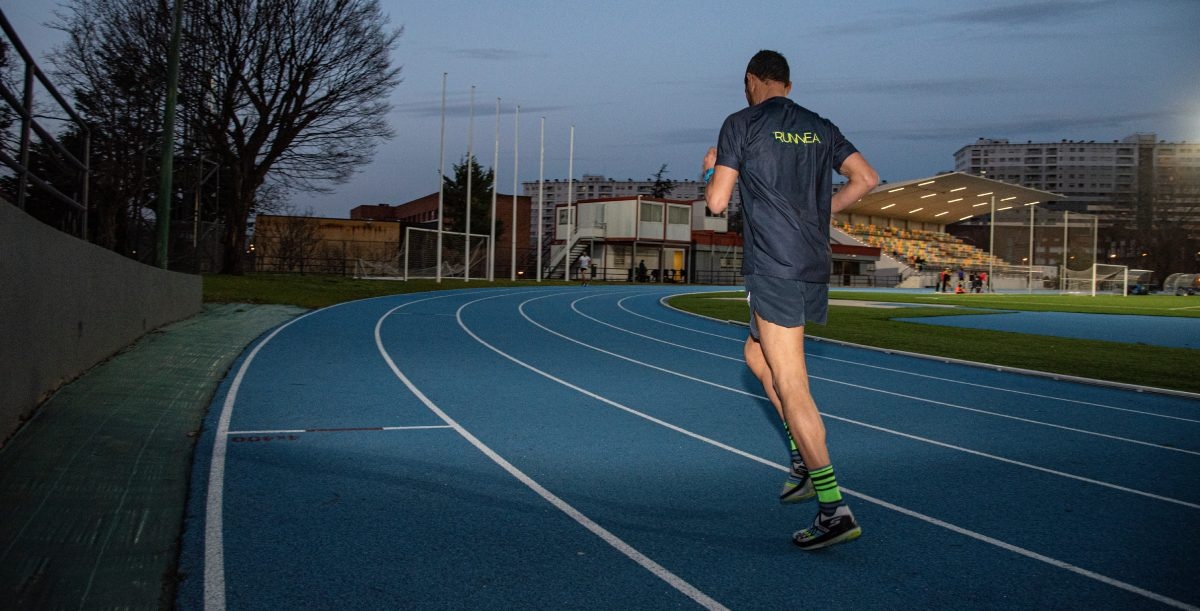
Preparing for a long distance race such as a marathon requires a strategic approach that effectively balances low and high intensity training. We will follow the theories of Stephen Seiler and the 80/20 rule popularized by Matt Fitzgerald to help you prepare a structure for planning your slow workouts and high intensity sessions.
Planning slow runs for long distance races
- Goal and volume: The main purpose of slow runs is to build a solid aerobic base, essential for long distance running. Start with a manageable volume and gradually increase the distance of your runs week by week, no more than 10% over the total distance run the previous week.
- Frequency: Perform 3 slow runs per week. These should vary in length, with one being significantly longer than the others, ideally reaching or exceeding half your target race distance in the peak weeks of training.
- Pace: Maintain a comfortable pace, at which you can carry on a conversation without difficulty. This aligns with Carl Foster's "Conversation Test" and ensures you are training in the proper aerobic zone.
Planning 20% high intensity workouts
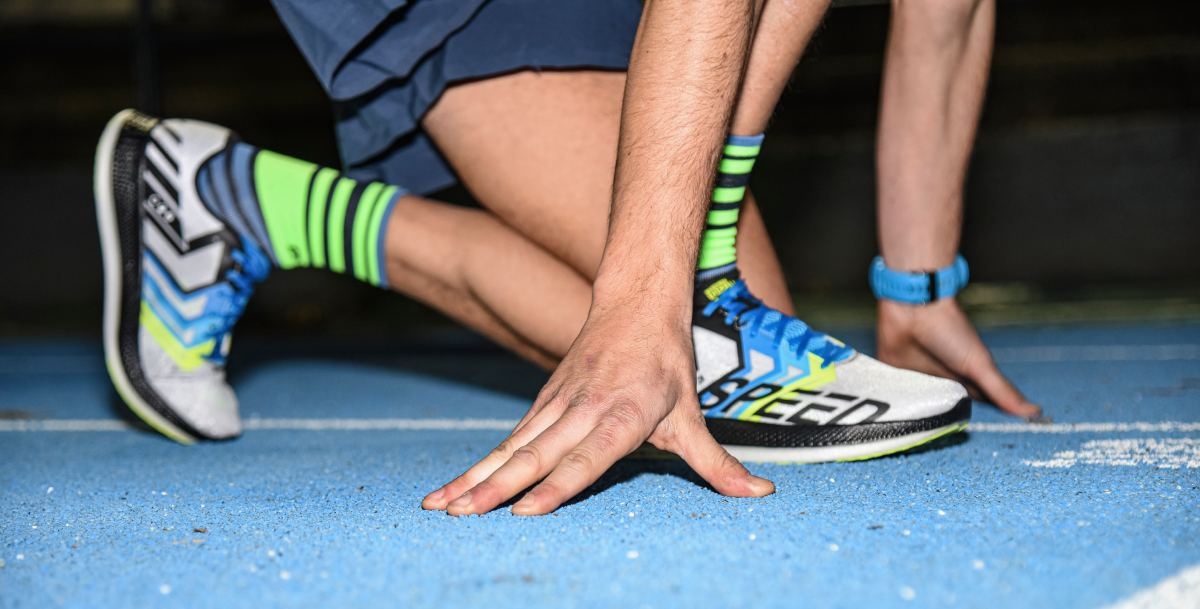
- Types of training: For the 20% high-intensity workouts, include series sessions (e.g., 800 to 1000 meter sets at a fast pace), tempo runs (runs at a sustained pace above our race pace), and hill workouts.
- Frequency and distribution: Dedicate2 days a week to high intensity workouts. These should be adequately spaced apart and slow runs to allow for optimal recovery.
- Examples of intense sessions: An interval workout might include a warm-up followed by 4-6 sets of 1000 meters at a fast pace, with3 minute rest periods between each. For a tempo run, after a warm-up, run 20-30 minutes at a pace 20-30 seconds faster than your running pace, but that you can control. finish with a cool-down run.
Don't do things haphazardly
It's crucial to space out high-intensity workouts to allow for proper recovery. For example, if you do a high-intensity workout on Tuesday, Wednesday can be a slow rolling or even rest day, followed by another intense workout on Thursday or Friday.
It is also important that you use the same monitoring technology to make sure you are training in the appropriate high intensity zone (usually between 80-90% of your maximum heart rate). Watch how your body responds and adjust the intensity and frequency of these workouts accordingly.
The combination of slow running and high-intensity workouts provides a solid foundation for improving both aerobic endurance and anaerobic capacity. By implementing these methods with precision and care, you can significantly improve your performance while maintaining a healthy and sustainable approach to your running training.
Read more news about: Running Training
